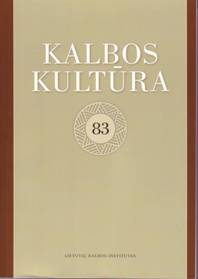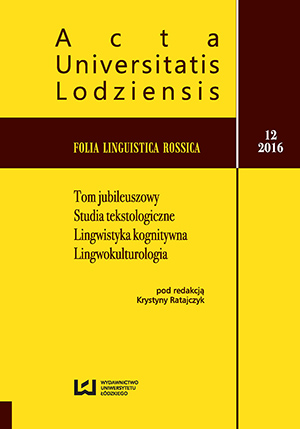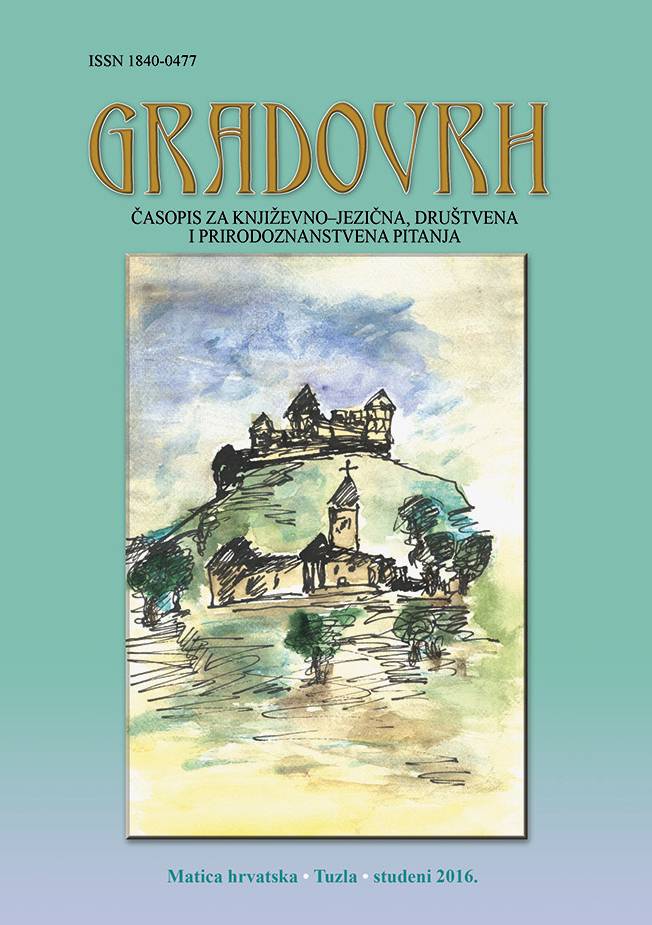Author(s): Jurgita Venckienė / Language(s): Lithuanian
Issue: 89/2016
The article deals with the history of the concept of standard Lithuanian. The objective of the article–to show when the society, or at least a part of it, began to realize it had a standard language, how it understood that language and how the concept has changed.Until the end of the XVIIIth-the beginning of the XIXth century there was no version of Lithuanian, which would be understood by the community or a part of it as common language. At the end of the XVIIIth-the beginning of the XIXth century Samogitian authors started thinking about standard language. Giedrius Subačius reconstructed concept of the standard language, created or intended-to-create by the Samogitians: “standard language will be common, uniform public language of Lithuanian nationˮ (1998: 20-21). At this stage, several models of standard language were created, but none of them has grown into the standard language.Interest in the standard language issue has become more intensive in the second half of the XIXth century. There were a lot of discussions on language standardization in the egodocuments and in the press of that time.“[M]any scholars maintain that any standard language is primarily a written codeˮ, wrote Subačius (2001: 127). Lithuanian standard language was not an exception: for some standard language modelers (Antanas Baranauskas, Kazimieras Jaunius, Jonas Basanavičius) in the second half of the XIXth century and even later seemed only necessary to standardize written language, which would code features of different dialects. They didn’t want to standardize pronunciation and spoken language. The publishers of illegal Lithuanian press, primarily of Aušra (1883-1886), decided to chose the dialect of Western Highlanders of Lithuania Major and East Prussia as the base for their standard language model. Soon an educated part of the community started to realize that the dialectal basis for the standard language has been chosen, and identified themselves as having standard language. Almost at the same time they started thinking about spoken standard and it was oriented to the written standard. Therefore the last decades of the XIXth century could be characterized as a critical period, when the standard language was perceived not as forthcoming, but as already existing, used or attempted to use.During this period requirement of purity of standard language began to be raised, which meant that community, even without language codification work, have already ceased to tolerate non-Lithuanian features of language.During analysed period there was also thought about the area of standard language usage. The standard language was started to be understood not only as a language of all Lithuanian-speaking territories (Lithuania Major and East Prussia), but also as a language of Lithuanians living in other countries. In addition, a perception that standard language was to be used not only in press and in personal communication but also in other fields (church, cemetaries) started to take a shape.In the last decades of the XIXth century a need to codify the standard language appeared. Codification function was performed by Jonas Jablonskis’ Lithuanian grammar issued in 1901. This collection of codes seemed authoritative for the community, worth to rely on.After 1904’s cancellation of ban of the press in Latin alphabet, standard language became legal language of the press, and after Lithuania became an independent state it became national language (embedded in the Constitution of the State of Lithuania in 1922), used in administrative and educational institutions, so its functions began to expand rapidly.In 1927 Pranas Skardžius described standard language as a language of whole nation (“in order people of the nation could communicate to each other more easily and quicklyˮ; “a language that can be understood by all people of the landˮ), national common language (standard language “has become common over the whole land, the entire stateˮ).
More...



